- Historic remedy: Castor oil has been used for skin conditions for centuries.
- Anti-inflammatory potential: Ricinoleic acid, its main component, may reduce skin inflammation.
- Limited modern evidence: Current research doesn’t strongly support castor oil for seborrheic dermatitis, but some properties may offer relief.
- Occlusive benefits: Castor oil can help moisturize and protect the skin barrier.
- Explore other options: Consider evidence-backed treatments like honey or tea tree oil for seborrheic dermatitis.
Castor oil, a time-honored skin treatment with roots in ancient practices, is gaining traction online as a remedy for various skin issues, including seborrheic dermatitis and dandruff. But amidst the growing buzz, it’s crucial to ask: Does castor oil truly work for seborrheic dermatitis, and what does the evidence say?
This article delves into the potential benefits of castor oil for seborrheic dermatitis, examining its historical uses, purported properties, and the scientific backing—or lack thereof.
Review conclusion: While historical texts mention castor oil for seborrheic dermatitis, modern science hasn’t caught up. Its anti-inflammatory and skin-barrier supporting (occlusive) qualities might ease mild symptoms, but more research is needed to confirm its effectiveness.

Castor Oil’s Skincare History
While recent studies on castor oil for skin disorders are scarce, older texts offer intriguing clues [1]:
- Ethiopian Flora Medica (1929): Listed castor oil as a possible treatment for scalp seborrhea and tinea infections.
- Erboristeria Italiana (1973): Recognized diluted castor oil in alcohol as having anti-seborrheic effects and promoting hair growth.
- Global Traditional Uses: Worldwide, castor oil extracts from seeds and leaves have been used for a wide array of skin issues like warts, eczema, pustules, impetigo, wounds, and ulcers.
Despite this rich history, modern skincare mainly values castor oil for its:
- Occlusive properties: Creating a barrier on the skin to prevent moisture loss.
- Skin conditioning effects: Helping to soften and smooth the skin.
- Viscosity-increasing characteristics: Thickening formulations in cosmetics [2].
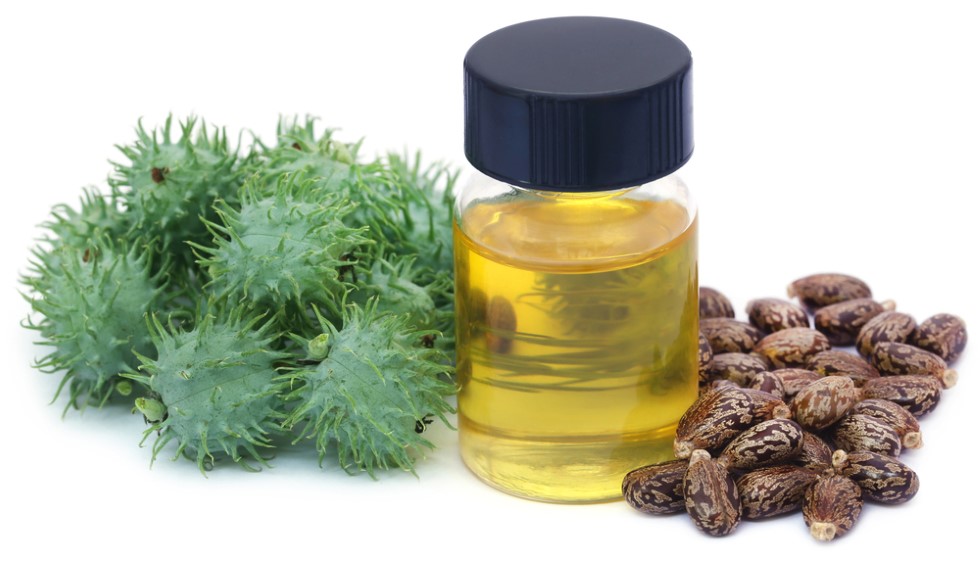
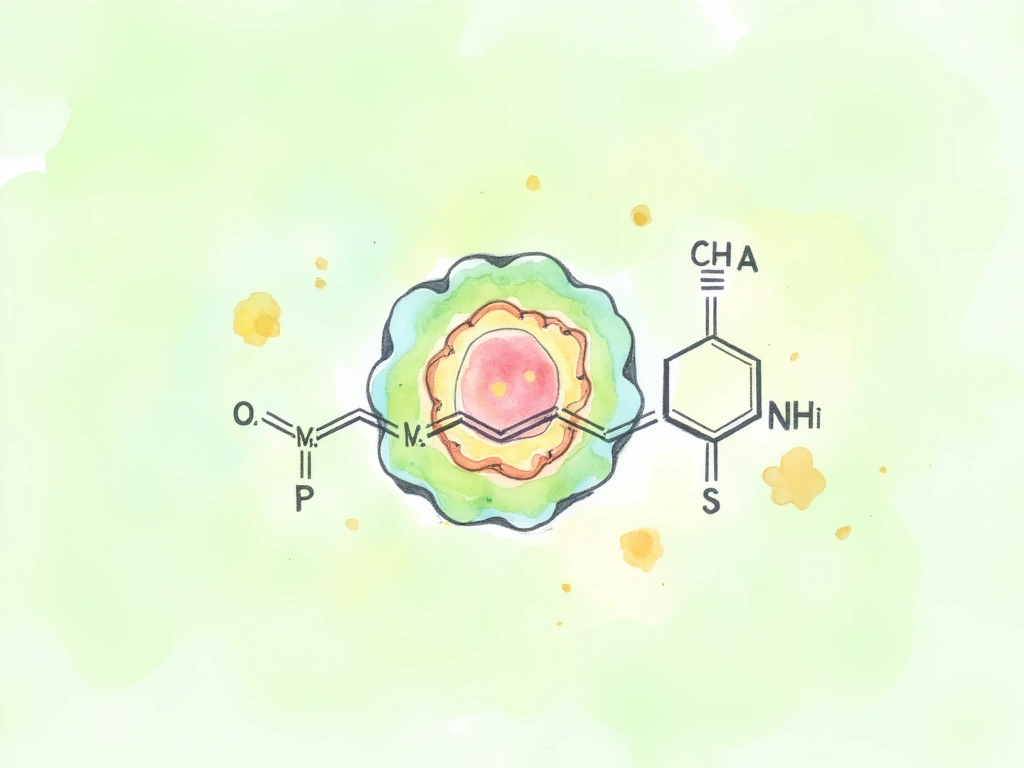
Potential Benefits: Ricinoleic Acid and Your Skin
Castor oil’s potential effects largely stem from ricinoleic acid, its primary component. This unique fatty acid makes up about 90% of castor oil and is known for its laxative action when ingested. However, on the skin, it exhibits different properties.
Anti-Inflammatory Action
Intriguingly, ricinoleic acid demonstrates anti-inflammatory effects when applied topically, as seen in studies on mice:
- Effect of ricinoleic acid in acute and subchronic experimental models of inflammation [3]
- Anti-inflammatory effects of a novel ricinoleic acid poloxamer gel system for transdermal delivery [pubb id=”25542985″]
The big question is how well these effects translate to humans and seborrheic dermatitis. If they do, it could explain why some people find relief using castor oil. Seborrheic dermatitis, like many skin conditions, involves an overactive inflammatory response (learn more about [seborrheic dermatitis causes][2]).
Anti-Fungal Potential – A Closer Look
Some studies suggest ricinoleic acid might also have antifungal properties:
- A dental study indicated castor oil (or a derivative) could briefly inhibit Candida Albicans growth [4]. (Note: It’s unclear if this study used pure castor oil).
- Research on ricinoleic acid derivatives showed slight antifungal activity under specific lab conditions [5].
However, both studies point to only mild antifungal effects, with more potent options like undecylenic acid being more effective.

Internet Claims vs. Scientific Evidence
Despite limited scientific support beyond historical usage, the internet is rife with claims about castor oil’s miraculous benefits for skin. It’s often touted as a cure-all for dandruff, eczema, hair loss, and even psoriasis.
Unfortunately, many online claims lack proper citations or misrepresent research to fit their narratives. While anecdotal reports are abundant, robust scientific studies supporting these widespread uses are lacking. (Please share any studies you find in the comments!).
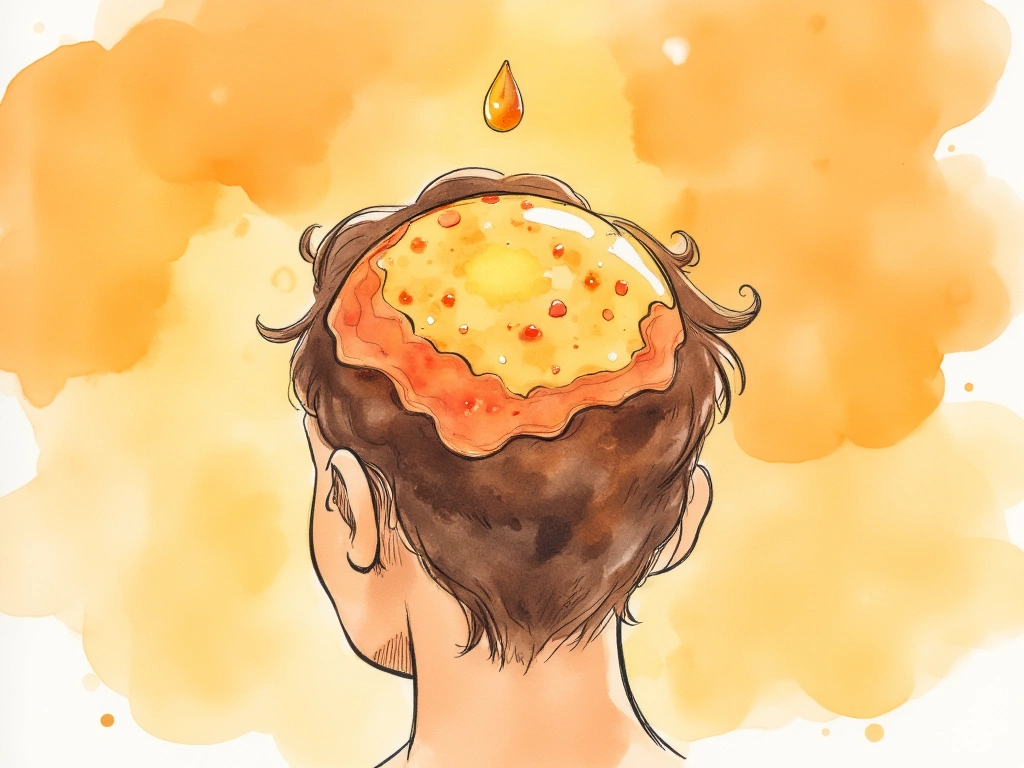
Castor Oil for Seborrheic Dermatitis: Possible Merits
Based on the available evidence, castor oil’s antifungal properties are likely too weak to be the primary reason for its historical use in seborrheic dermatitis treatment.
It’s important to remember that seborrheic dermatitis isn’t solely a fungal issue. It’s largely driven by an imbalanced immune response, leading to:
- Inflammation
- Skin barrier disruption
- Dryness
- Increased oxidized skin lipids
Considering this, castor oil’s anti-inflammatory and occlusive properties might offer some benefits for seborrheic dermatitis. By reducing inflammation and improving skin barrier function, castor oil could potentially alleviate symptoms and allow the skin’s natural balance to recover in some individuals.

Important Considerations & Notes
- Real-world results are complex: Predicting castor oil’s effectiveness is challenging due to individual differences and many variables.
- Undecylenic acid: Derived from ricinoleic acid, undecylenic acid is a much stronger antifungal agent and is found in foot fungus creams [6].
- Allergic reactions: Castor oil allergies have been reported [7, 8, 9]. Always do a patch test.
- Botanical name: Castor oil plant is Ricinus communis.
- Leaf extracts: Lab studies suggest castor leaf extracts possess antioxidant and anti-inflammatory properties, but these aren’t widely accessible [10, 11].
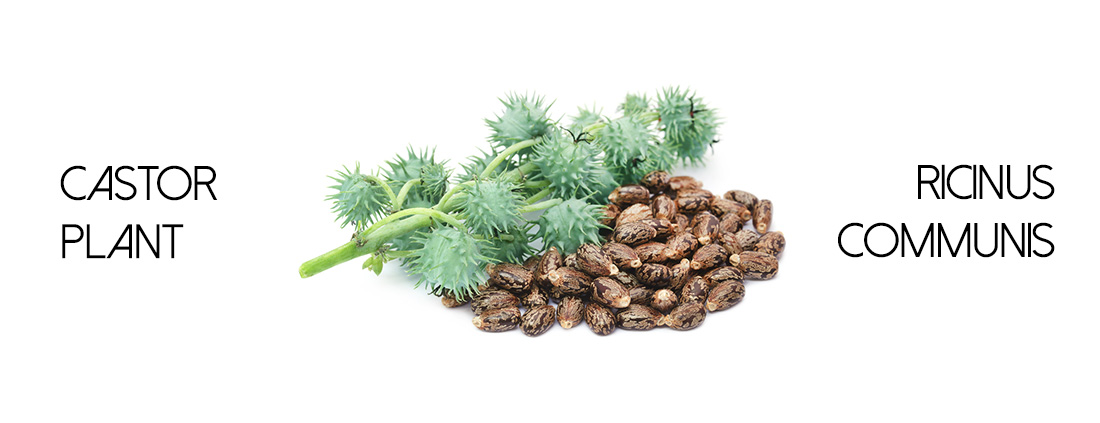

In Conclusion: Castor Oil and Seborrheic Dermatitis
Castor oil stands as a curious herbal remedy – surrounded by enthusiastic online endorsements yet supported by limited modern scientific evidence for many of its touted uses.
Currently, recommending castor oil as a primary treatment for seborrheic dermatitis is difficult. While its anti-inflammatory and occlusive actions might provide some relief, more evidence-backed options exist. Consider exploring treatments like crude honey, tea tree oil, or even salt solutions, which have stronger scientific support.
If you’ve tried castor oil for seborrheic dermatitis, please share your personal experiences in the comments below! Your questions, suggestions, and corrections are also welcome.
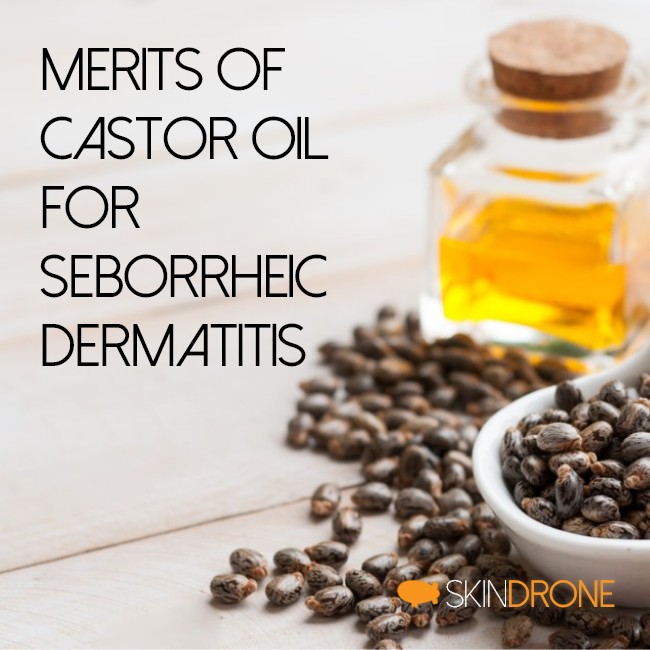
No Comments
Be the first to start a conversation